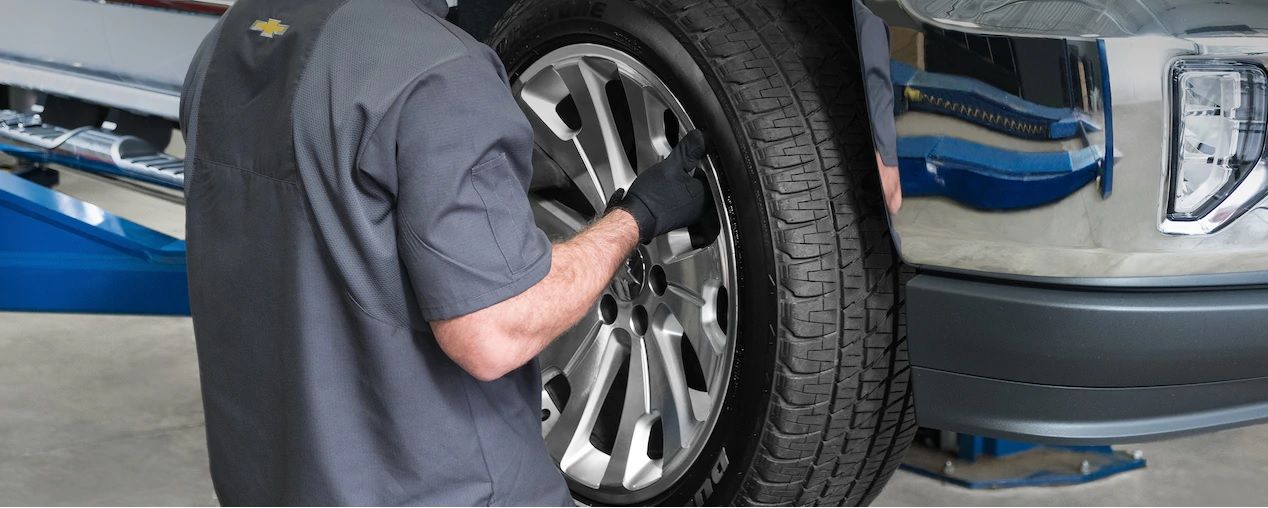You don’t have to go off-roading or hit hundreds of potholes and speed bumps to cause alignment issues. Everyday driving can put your wheels out of alignment. Over time, those misaligned tire and wheel assemblies will impact your gas mileage (MPG), cause tires to wear out faster, and reduce drivability. Here’s why you need regular wheel alignments and how Les Schwab can help.
A wheel alignment is the process of adjusting the angles of your vehicle’s steering and suspension components back to original specifications. This means the front and rear wheels are in alignment with the vehicle’s centerline — optimizing driveability and fuel efficiency. An alignment is done using a special machine that measures the wheel angles against your vehicle’s original specs. The technician then makes adjustments as needed.
When your vehicle needs to be realigned, the experts at Les Schwab will do an alignment that is most appropriate for your vehicle. These may include 4-wheel alignment for front-wheel drive, all-wheel drive, and most passenger vehicles, and thrust alignment for many larger trucks and SUVs.
Regular alignments should be done twice a year as part of your basic auto maintenance. Why? Because misaligned tire and wheel assemblies will impact your gas mileage, cause tires to wear out faster, and reduce drivability.
When your vehicle is in alignment, all four wheels will be pointed the same direction and lined up from front to rear and contacting the road at the proper angle.
Dirt roads, bumpy highways, potholes, as well as hitting curbs and speed bumps can throw your vehicle out of alignment. Additionally, alignment issues will happen slowly over time due to normal wear and tear.
To quickly analyze your car’s alignment, ask yourself these questions during your next drive:

Answering yes to any of the above could mean your car or truck needs an alignment. However, because alignment issues can be tough to spot, it’s a good idea to have yours checked twice per year even if you don’t notice any issues.
Les Schwab Tip: It’s a common misconception that you only need an alignment when the vehicle is handling improperly. This is often not the case. Getting your alignment checked twice per year can prevent unexpected tire wear and/or fuel economy.
It’s important to maintain proper wheel alignment on your vehicle. While getting your alignment done once or twice a year is advisable, there are other times when an alignment may be necessary to avoid loss of gas mileage and excessive tire wear.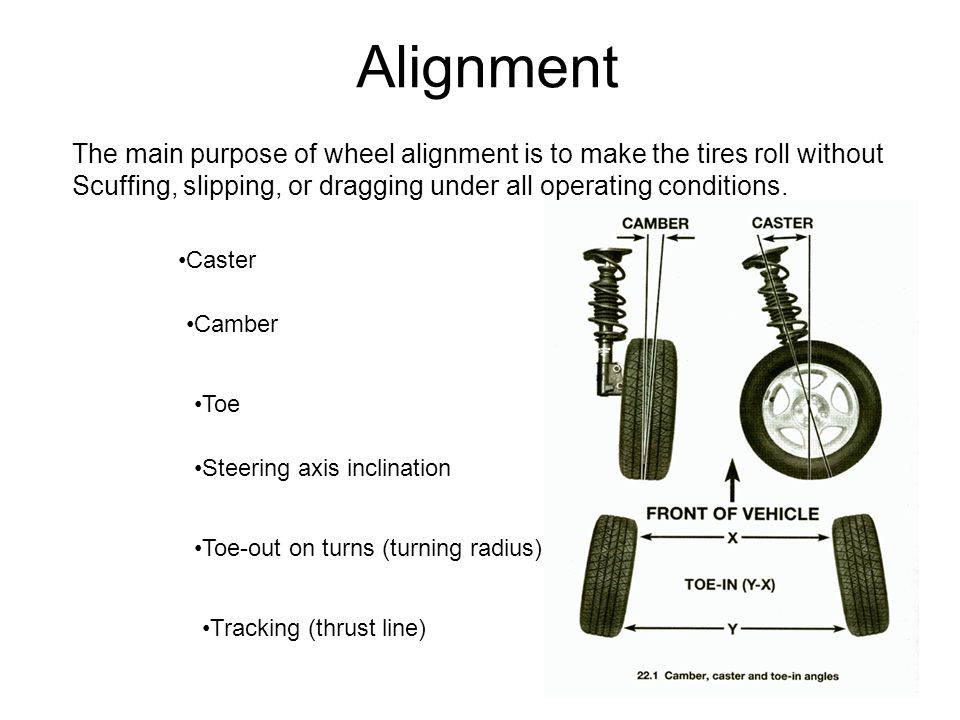
This can include any of the following:
We recommend an alignment after the installation of new tires. This helps you get the most life from your new tires. Wheel alignment checks are always advised after a significant impact or uneven tire wear is detected.
Lifting or lowering a vehicle will affect your toe, camber or caster angles. So will repair or replacement of suspension and steering parts — struts, shocks, ball joints, tie rods, bushings or control arms. If one of these components is damaged, it’s a pretty good bet your vehicle’s alignment is out of spec.
This can affect the angle of your tires and wheels.
This can include potholes and other hazards. Stop by Les Schwab and we’ll do a free visual inspection.
An annual alignment can help save you money and add safety to your outings and everyday commute.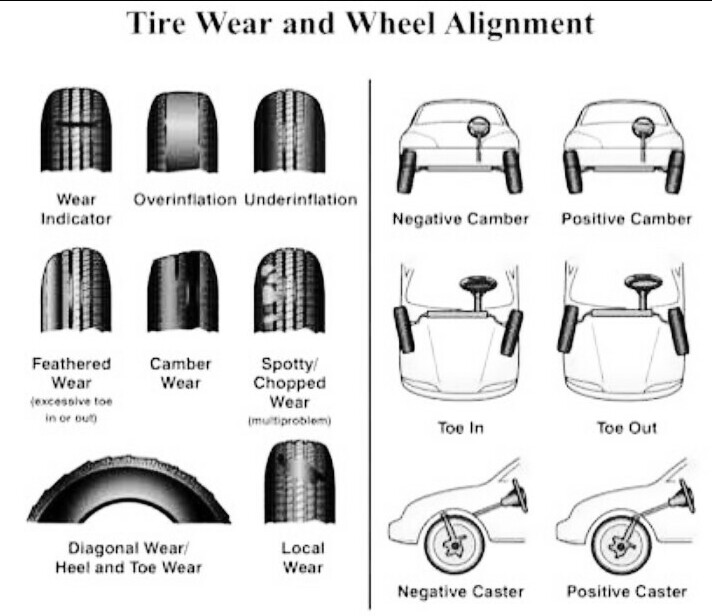
The most common signs of misalignment are pulling to one side while you’re driving, unusual tire wear and/or a steering wheel that’s off-center even though your vehicle is pointed straight. But these symptoms can have other causes, sometimes simpler and sometimes not.
An off-center steering wheel can be caused by worn steering or suspension parts. Just getting an alignment may not fix the root cause.
Irregular tire wear isn’t only limited to suspension parts, fender-benders, or alignment issues, but it’s a good place to start. Stop by Les Schwab for a free pre-trip safety check, which includes a visual inspection of alignment and related steering and suspension components that keep you safe on the road.
Les Schwab Tip: There’s no downside to an alignment check at Les Schwab. If we check your alignment and it doesn’t need any work, you won’t pay a thing.
If the asphalt has grooves that are slightly farther apart than your car’s axles, you may feel a pull as the tires on one side ride slightly higher.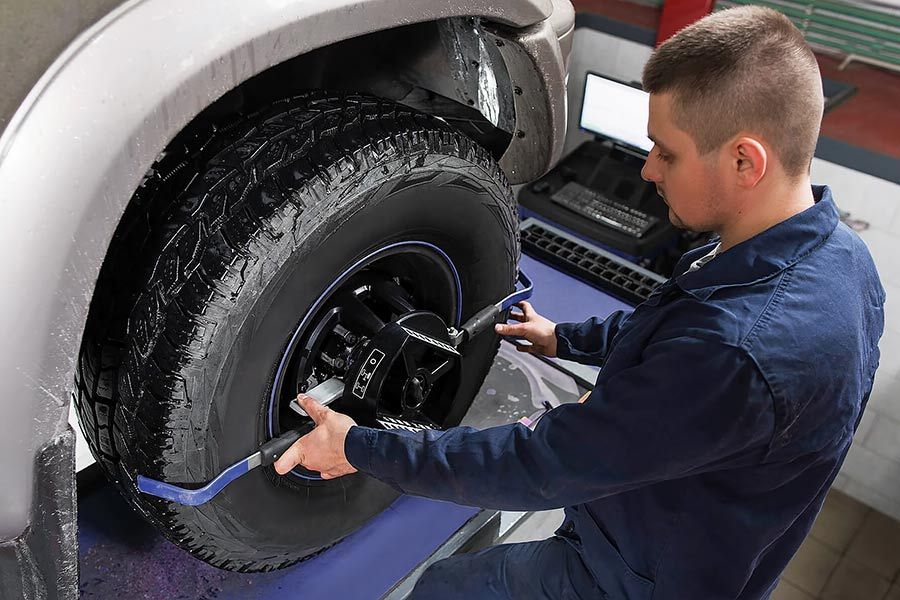 If the road is noticeably higher in the center, the vehicle may veer as the tires try to find a level surface.
If the road is noticeably higher in the center, the vehicle may veer as the tires try to find a level surface.
Les Schwab Tip: Vibration while underway is often a symptom of out-of-balance tires, not bad alignment.
When you get your alignment done at Les Schwab, you’ll get our Best Alignment and Suspension Value Promise along with a job done right the first time. You’ll also get the full attention of one of our professional, certified technicians using best-in-class laser technology.
When they’re done, they’ll have your vehicle back in alignment, including the camber, caster, and toe.
The inward and outward tilt of the tire and wheel assembly (viewed from the front of the vehicle) is called camber. When the top of the tire is leaning inward, it is a negative camber. Positive camber has the top of the tire tilting outward. Each manufacturer sets a specific camber alignment for every vehicle it produces, which might be either positive, negative or zero (0º). When the camber is at the correct angle, the tire and wheel will roll straight.
When the camber is at the correct angle, the tire and wheel will roll straight.
Generally, camber plays a key role in cornering performance. If the camber is out of the manufacturer’s range, it can cause handling issues and excessive tire wear, which costs you money. If a vehicle has rear-camber adjustments, adjusting the rear camber, in addition to the front, plays a big role in straight-line stability and cornering.
Image: Hunter Engineering Company
Ever tried to ride a bicycle without using your hands? The fact you could meant that your bicycle had a positive caster. If the caster had been zero (0º) or negative, riding that way would be nearly impossible. The same can be said for your vehicle.
Modern vehicles run a certain amount of positive caster with the steering axis tilted rearward toward the driver. While caster doesn’t affect tire wear like camber, it does have a big impact on steering and handling.
The higher the caster, the more stability a vehicle will have at higher speeds. Lower caster equals more responsive handling.
Image: Hunter Engineering Company
Of all the angles, the toe can fall out of alignment the easiest. A toe that is properly calibrated to manufacturer specifications (which can be either slightly positive or negative) will be at zero (0º) when on the road. This means all of the tire and wheel assemblies (front and rear) are pointing in the same direction.
What does it mean when the toe is out of alignment? It means your tires are wearing out faster than they should and you’re burning more fuel than is necessary. When the toe is at the correct angle, there’s less friction on the tires as they roll. When they are facing away from each other (toe-out) or toward each other (toe-in), they’re essentially scrubbing on the road ever so slightly with every passing mile.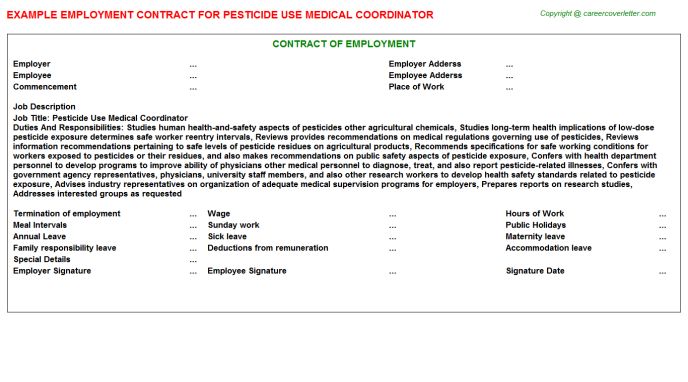
Image: Hunter Engineering Company
Because the measurements are very fine, misalignment is not something you can see by just eyeballing whether the wheels and tire angles look right. But an experienced tire technician will usually know if you’re overdue for an alignment just by looking at your tire wear.
Here’s what to know if the service is recommended:
Regular alignments are part of basic maintenance that help you get full mileage out of your tires. The pros at your local Les Schwab can take a look at your vehicle’s suspension and alignment components and let you know if you need any repairs. If everything is okay, it won’t cost you a thing. But if you do need an alignment, we’ll tell you what it will cost, give you a time estimate, and send you on your way with a Best Alignment and Suspension Value Promise, which includes a 30-day guarantee.
The pros at your local Les Schwab can take a look at your vehicle’s suspension and alignment components and let you know if you need any repairs. If everything is okay, it won’t cost you a thing. But if you do need an alignment, we’ll tell you what it will cost, give you a time estimate, and send you on your way with a Best Alignment and Suspension Value Promise, which includes a 30-day guarantee.
Schedule an Appointment
Many of us often wonder “do I need an alignment after replacing tires?” Right, you should do that. Expert gives advice that this task might help you inwarranty. At once, it supports all wheels touching the surface evenly.
Additionally, you may have an opportunity to track any small problems with four tires. Generally speaking, this is a necessary exercise for your vehicle and protects wheels. Do not skip that chance.
If you want to check your vehicle (along with preventive maintenance), the best way is to know how long it has been since the last alignment. Then, you should evaluate the condition.
Then, you should evaluate the condition.
If your car has been ridden 36,000 miles or your last alignment is 3 years, it could be the time to do it. Nonetheless, if you have driven rough roads and the car has been a year, you should check it.
The biggest point is that your vehicle hooks to a side easily. Your tires are exactly inflated, so you have to take the car to a flat with empty roads. Then, drive it straight at 30mph. Do the other wheels pull to other sides if you do not steer? It is likely the time.
Aside from mileage, there are several signs that it might be time for tires alignment:
“Do I need an alignment after replacing tires?” Yes, you should that because it probably protects your vehicle’s warranty.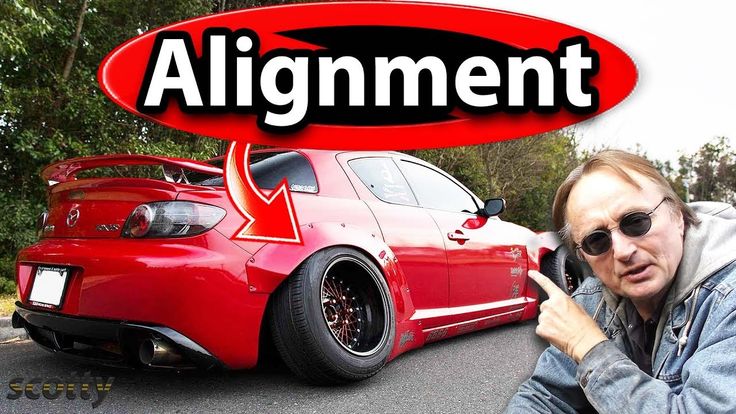 So, keep in mind that this process plays an important role.
So, keep in mind that this process plays an important role.
The most manifest reason to align car tires is when the vehicle has something wrong as you have read above. When your driving is not smooth, it is likely the time to do an alignment.
It is recommended to deal with the service to align four tires after adding new ones. This is because new wheels require new touch on the road surface. It is also a good way to protect the tire treading from rash wear. Although some car owners do not do that, it is an essential part to maintain the quality of tires and safety.
Even your car does not get stuck on highways or rough roads surface, you should bring your vehicle to the service once or twice a year to have proper alignment. Any sign of misalignment can happen at any time. Annual maintenance may help you detect any fault.
When replacing a part, tire angles will be affected (especially the wheel areas). Therefore, it is advisable to align those angles to prevent misalignment. You should contact a local garage or a service to request an additional test. Make sure that they inherit accurate tools.
Therefore, it is advisable to align those angles to prevent misalignment. You should contact a local garage or a service to request an additional test. Make sure that they inherit accurate tools.
The alignment category (both digital and manual) is one of the most crucial factors impacting the price. Digital alignment is more expensive than manual one The equipment and labor is higher in quality. However, the payment is more worth with precise maintenance in long-term.
In digital alignment, a mechanic drives the car in a lift rack. After that, he or she adds brackets and electronic sensors to a tire. A console with cameras records all numbers of the measurement (from that tire sensor).
The software of console puts a value on the measurement against its database of the specifications of the model (from the manufacturer). Thereafter, the mechanic does all vital adjustments to get the right alignment with assist from the machine.
Tires alignment is crucial even if you got new tires replacement on your car. It ought to avoid possible issues by finding misalignment after installing tires. Please bear in mind that asking the mechanic to check suspension components (struts and shocks), brake rotors, and driveshaft.
It ought to avoid possible issues by finding misalignment after installing tires. Please bear in mind that asking the mechanic to check suspension components (struts and shocks), brake rotors, and driveshaft.
After what do the collapse - convergence? Do I need to do balancing after the collapse? What courses are useful for learning tire fitting?
Wheel alignment (also common are such service operation names as wheel alignment and wheel alignment, or abbreviated as RUUK) is a procedure aimed at adjusting the wheels relative to the body. If the alignment is not performed or done illiterately, this is fraught with a number of problems for the vehicle and its owner: nine0003
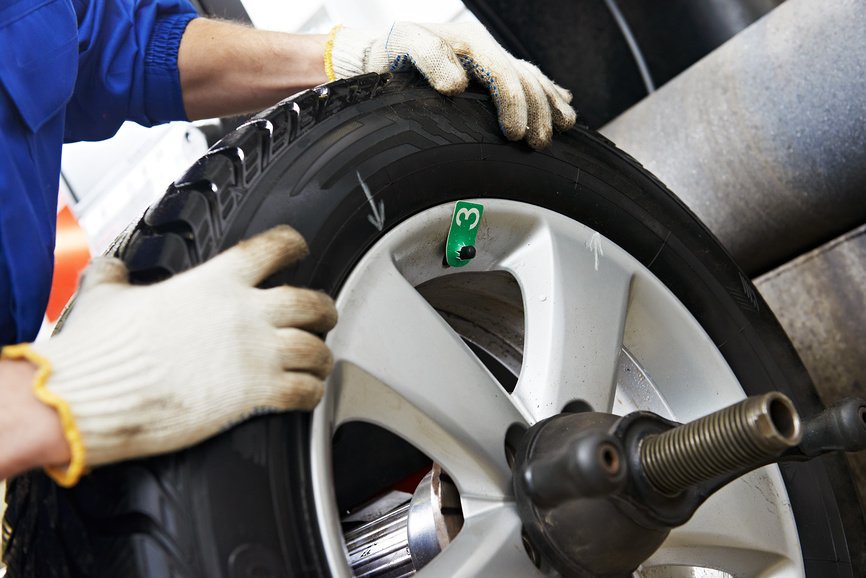
The result of wheel alignment is to ensure that the vehicle has the correct position of the wheels at different angles of rotation and at different speeds.
The direct impact is on the level of traffic safety. If everything is in order with the wheel alignment with heavy traffic, the driver at the most unexpected moment will ensure a prompt change in the trajectory of movement. When turning, there will be no sliding, and after passing the turn, the vehicle will easily return to its original position. nine0003
Wheel alignment refers to adjustable parameters.
The main geometric indicators are:
Toe angle is the angle between the median plane of the wheel and that plane which is parallel to the longitudinal plane of symmetry of the vehicle, provided the wheels are aligned for straight ahead. nine0003
Average values of convergence angles:
The sum of the angles for the left and right wheels forms a full convergence.
If the toe of the left and right wheels are equal, it is a half toe.
Toe tolerance for each wheel at car services is ±5'.
Camber angle (or simply camber) is the angle formed between the vertical and the plane of rotation of the wheel. nine0003
Average camber angles:

Structurally, the vehicles are different and the initial camber angles are different. There are zero, negative and positive angles.
 Impractical. But in competitions, when speed is important, it is easy to get the desired effect. For drifting, you can’t think of a better one. nine0011
Impractical. But in competitions, when speed is important, it is easy to get the desired effect. For drifting, you can’t think of a better one. nine0011 There are longitudinal angles of inclination of the axis of rotation. They are adjustable. Can change the value under the influence of the weight of the cargo in the trunk of the vehicle. The tolerance for left and right side cannot exceed 0°15'-0°40'.
There are also transverse angles of inclination of the axis of rotation. They are unregulated.
They are unregulated.
Usually, when they talk about the angle of inclination of the axis at the tire fitting, they mean the longitudinal angle of the axis of rotation. It is located between the perpendicular plane to the surface of the roadway and the planes of symmetry of the wheel. The caster indicates the deviation of the wheel position relative to the shock absorber strut. nine0003
Axle alignment refers to the interval between the middle of the front axle and the middle of the rear axle.
Wheel alignment refers to the interval between the midpoints of the wheels of a particular axle.
The higher the value of the axle alignment parameter, the larger the interior space. The smaller the value of this parameter, the higher the maneuverability.
As such, service operations relating to the collapse of the convergence and balancing are not interconnected.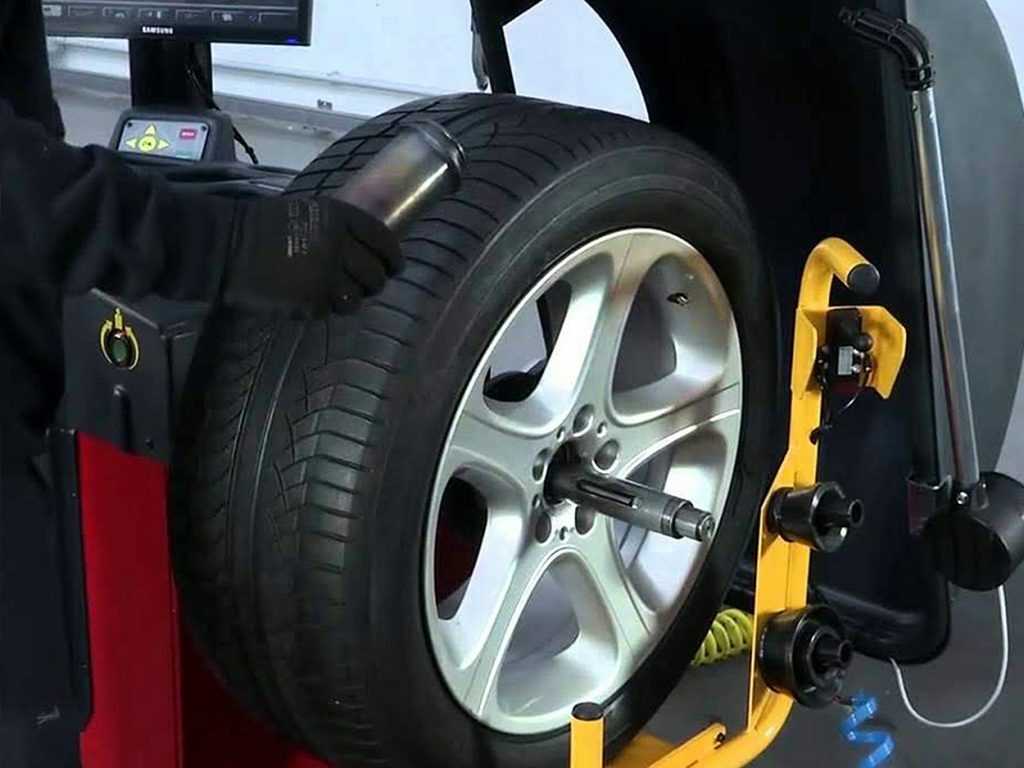 Therefore, there is no clear rule: if you have done RUUK, start balancing. nine0003
Therefore, there is no clear rule: if you have done RUUK, start balancing. nine0003
It is important to understand that the goals of these procedures are completely different:
But in practice, during maintenance, RUUK is often done in tandem with balancing. And there are two reasons for this:
Both prevention procedures are recommended to be performed every 7,00,000 - 8,000 km, for older cars when driving on bad roads, and every 15,000 - 20,000 km. nine0003
But, if we are not talking about scheduled diagnostics and maintenance, then the indications that are a loud bell for a particular service operation are different.
So the “indication” for RUUK is the change of tires, the installation of new disks, regular driving with slippage. Balancing is done if the tires are damaged on one side, the suspension is worried (blows are felt), the chassis was repaired.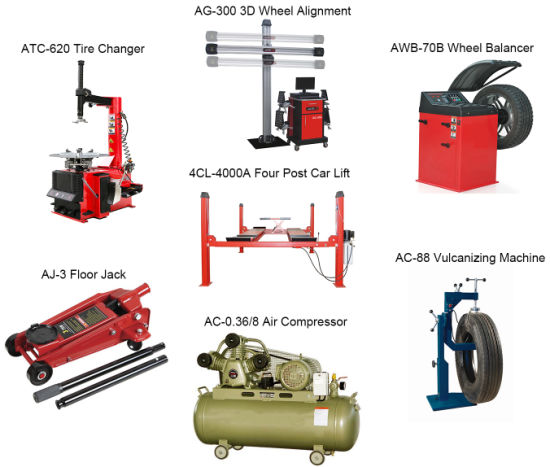
True, if running gear is being repaired, you don’t need to “flog a fever” right away. The need for an RSMC depends on what exactly was changed and the diagnostic measures. If the steering rack was dismantled in order to adjust the pressure or replace the anther, then it is highly likely that the diagnostics will show: the parameters are not knocked down. nine0003
If the steering tips were replaced, the circumstances are somewhat different. RUUK is shown without fail. And diagnostic measures in this case are purposefully focused on solving such a question as to how much the geometric parameters deviated.
A number of motorists have a question: is RUUK needed when replacing silent blocks.
Let's figure it out: if the silent blocks of the racks (steering, rear), front axle are to be replaced, the camber parameters always deviate from the norm. And they need to be corrected. nine0003
Sometimes such a situation arises that the motorist performs the RUUK regularly, but hesitates to replace the silent blocks.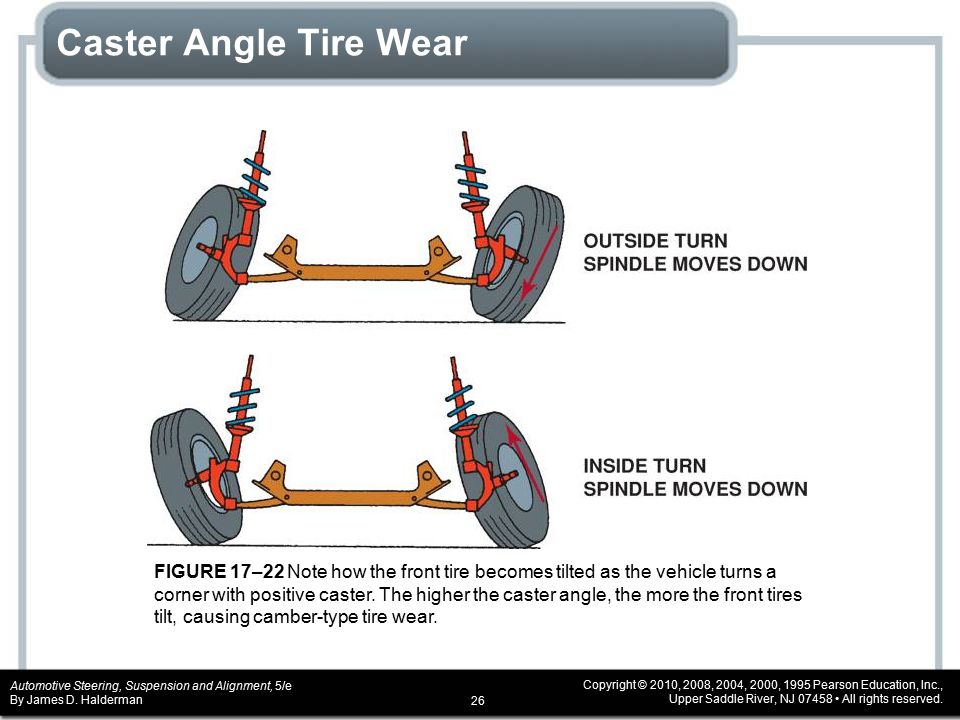 It is unacceptable. RUUK in that case is “adaptive” not to the norm, but to the deformations that are inevitable due to aged silent blocks.
It is unacceptable. RUUK in that case is “adaptive” not to the norm, but to the deformations that are inevitable due to aged silent blocks.
What is the result? Money thrown away. After all, the silent blocks will still have to be changed, and the wheel alignment must be done again.
RUUK is a very useful procedure for the “health” of the vehicle and ensuring the level of safety when replacing ball joints. nine0003
When replacing ball bearings, the old ones are disassembled, a backlash is formed and the geometric parameters naturally change. They need to be corrected.
But after replacing the shock absorbers, RUUK is an optional procedure, although car owners once again often perceive the replacement of shock absorbers as a direct incentive to go to wheel alignment.
The fact is that at least these auto parts do not have a direct effect on steering.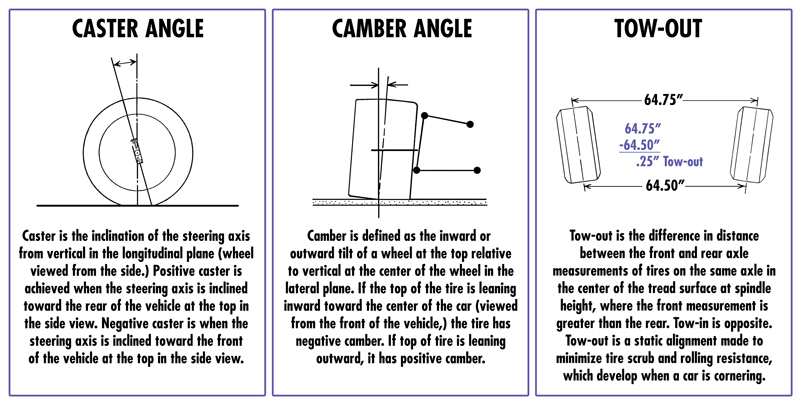 They have no "power" over the tie rods. nine0003
They have no "power" over the tie rods. nine0003
If the work is performed in the traditional way, then it is recommended to adhere to the following algorithm:
It is always recommended to start work with the camber setting, and not with the convergence. Because when correcting convergence, you will not affect the collapse, and if you do the opposite, then in case of mistakes made at the initial stage, all settings will “fly”.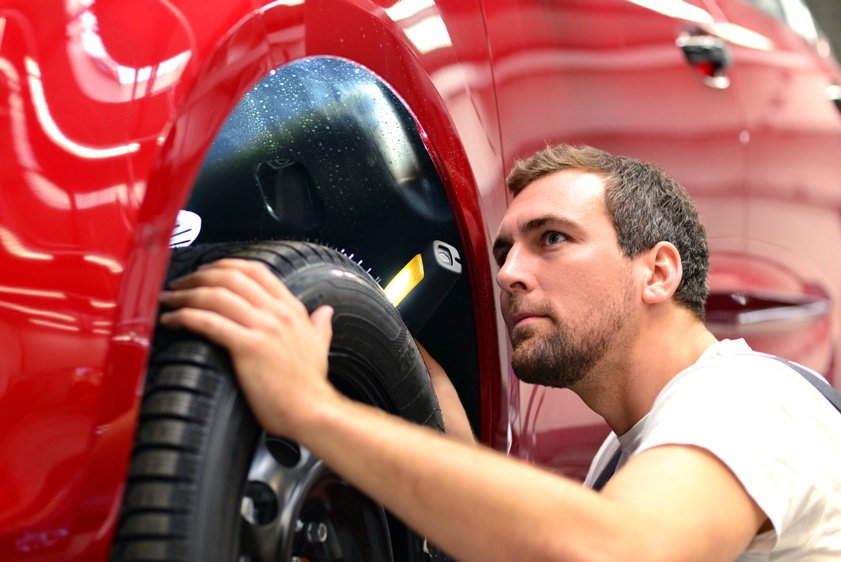 nine0003
nine0003
During work, be sure to check the pressure in the tires. Its complete stability is important.
If 3D stands are used, then it is important to understand that the mechanism is as follows:
SENSYS Engineering offers its trainees a basic e-training and knowledge test system "Tires, rims and tire fitting". These are 16 interactive modules and a system of tests that are “sharpened” for mastering such issues related to the construction of car wheels, disks and tires of vehicles, marking, and the pressure control system in them.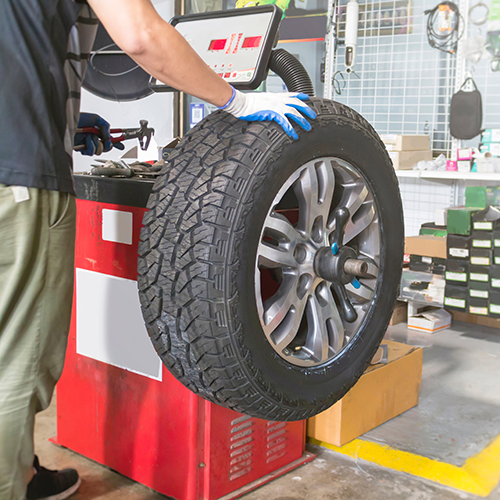
In an accessible and at the same time informative (concentrated presentation) form, the issue of maintenance and operation of tires and wheel rims of vehicles is considered. nine0003
Total (estimated) time for studying the material: 10 hours. At the same time, since the product is electronic, listeners can study the material at the most convenient rhythm for themselves.
You have 3 hours to complete the test.
Alignment (alignment) is the adjustment of the wheels of a car relative to the body, which involves two stages: descent and collapse. It is on how correctly the wheels are adjusted that the controllability of the car and, as a result, your safety depends. Poor cornering, rapid tire wear - these are just some of the consequences of an illiterate wheel alignment. nine0003
Previously, the wheels were adjusted using special overhangs. However, today they have been replaced by modern stands equipped with optical sensors.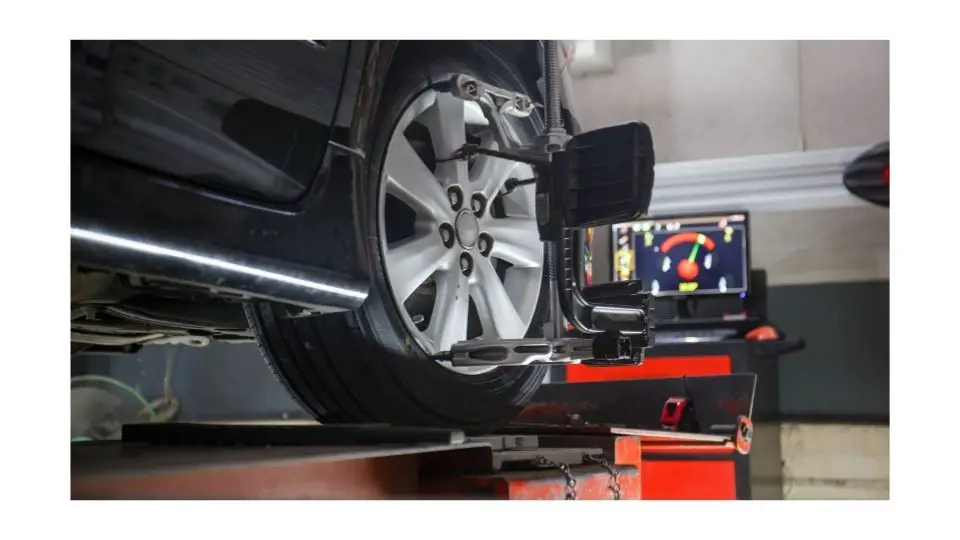 They allow you to conduct computer diagnostics and get the most accurate values.
They allow you to conduct computer diagnostics and get the most accurate values.
In this article, you will learn what wheel alignment and camber are and why they are needed, as well as read about when it is worth adjusting the angle of the wheels and why it should be entrusted to an experienced master.
Camber is the angle formed between the plane of the wheel and the vertical line. In other words, this is the vertical deflection of the wheel.
Positive camber is noted when the upper parts of the wheels located on the same axle are further apart than the lower ones. This camber is deliberately tuned on trucks. The fact is that under load the wheels go to zero.
About negative camber is said when the upper parts of the wheels placed on the same axle are closer to each other than the lower ones. Such a collapse is typical for sports cars: it allows you to enter corners at high speed as steadily as possible.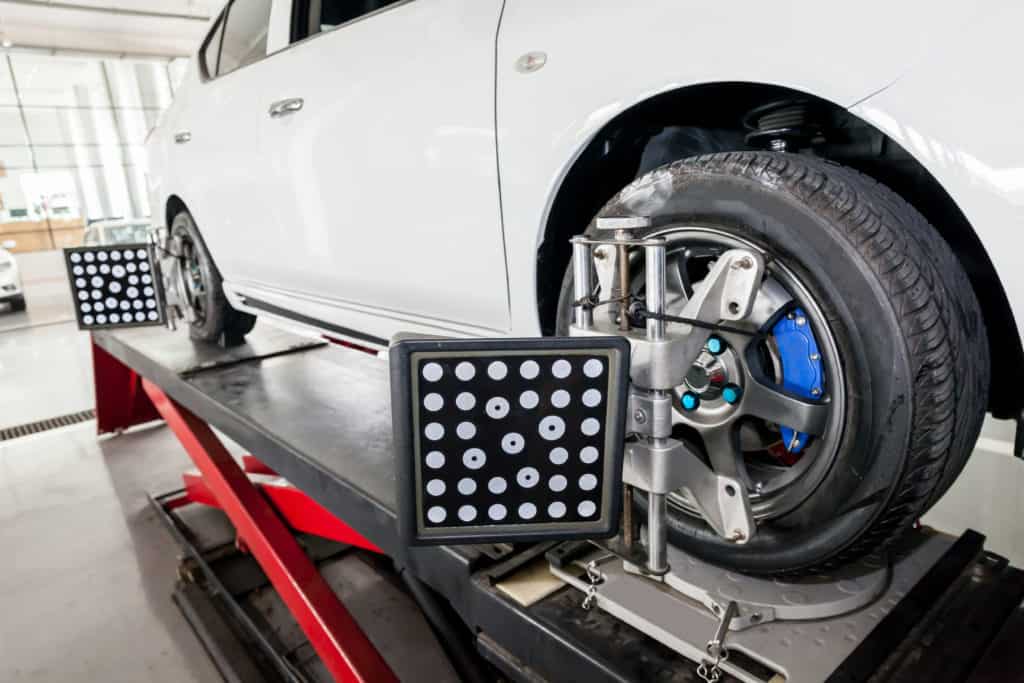 nine0003
nine0003
When the distance between the upper and lower parts of the wheels on the same axle is the same, they speak of zero camber . It is in this situation that the minimum wear of rubber is guaranteed.
The term "convergence" refers to the angle between the plane of rotation of the wheel and the longitudinal section of the car. If the front parts of the wheels are closer to each other than the rear parts, a positive convergence is noted . If the rear parts of the wheels are closer together than the front ones, they say negative convergence .
Incorrect alignment affects tire wear much more than incorrect camber.
Incorrect wheel alignment makes itself felt by the following signs:
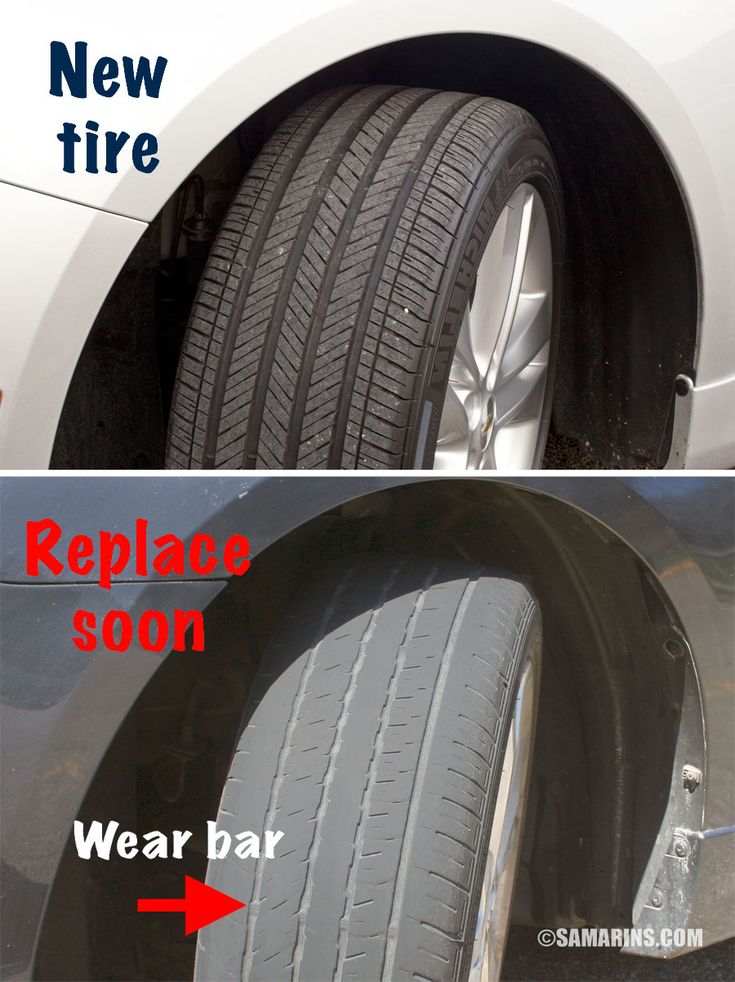 nine0011
nine0011 Properly adjusted wheel angle gives your car stability on any surface and exemplary handling. It also minimizes tire wear, reduces skidding and improves fuel efficiency. nine0003
Inexperienced motorists often decide to deal with the problem on their own. Experts strongly do not recommend doing this, because the safety of all road users depends on your actions.
If on a dry canvas the car remains more or less controllable, then on a wet or icy surface it “swings” strongly to the right and left. To keep the car, you have to constantly adjust the direction of movement of the steering wheel. This unpredictable behavior significantly increases the likelihood of an accident. By the way, incorrect adjustment of the wheel angles quite often causes the vehicle to enter the oncoming lane and serious accidents. nine0003
By the way, incorrect adjustment of the wheel angles quite often causes the vehicle to enter the oncoming lane and serious accidents. nine0003
Experts advise to adjust the wheel angles every 20 thousand kilometers. Unscheduled alignment will have to be done after:
But after replacing tires, stabilizers and shock absorbers, wheel alignment is not necessary. nine0003
Before proceeding with the adjustment of the angle of the wheels, an experienced master performs a number of preparatory activities:
 At this stage, the specialist identifies defects that affect the handling and stability of the car, regardless of wheel alignment.
At this stage, the specialist identifies defects that affect the handling and stability of the car, regardless of wheel alignment. If the car has successfully passed all the tests, the wheel alignment is adjusted using modern equipment. Upon completion of the manipulations, you will receive a printout with the characteristics: the camber angle of the right and left wheels (for both suspensions) and the angle of convergence, the angle of movement of the car, etc. The values \u200b\u200bare shown here before and after adjustment.
A full range of car maintenance services (including wheel alignment adjustment) is provided by car service specialists of the official Peugeot FAVORIT MOTORS dealer. We have an innovative technical base and professional tools at our disposal. All masters of technical centers have been certified by Peugeot. When performing work, we use only original spare parts and consumables and are guided by the regulations established by the manufacturer.